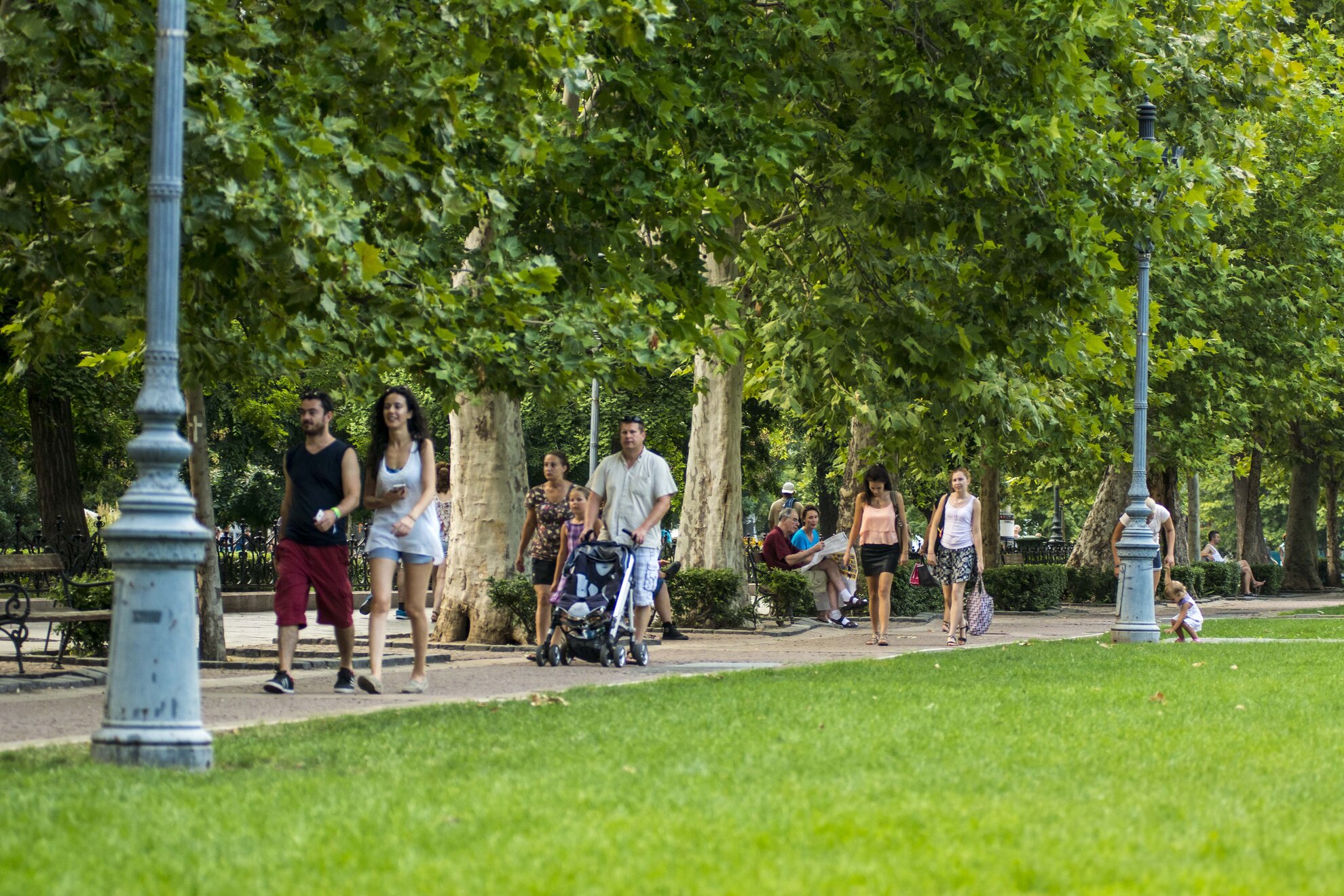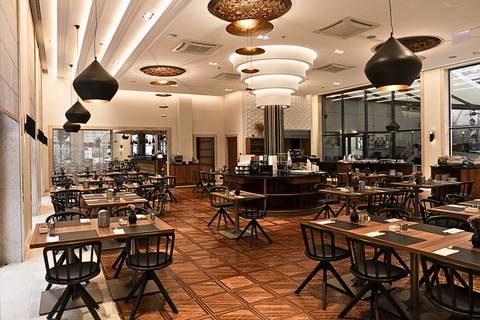One of the most stately squares in the city centre, Szabadság tér owes its extensive dimensions to the Habsburg era, when the Bastille-like Újépület stood here. It was at these fortified barracks that the Austrians executed patriotic Count Lajos Batthyány in 1849. After its demolition in the late 1890s, the public square that emerged took the name Szabadság (‘Liberty’). Huge, imposing institutions rose around its parameters, most notably the Stock Exchange Palace where Hungarian State Television was once housed. Overshadowed by bank headquarters and offices of prominent authorities, sundry statues and monuments reflect the tos and fros of Hungarian history. Take Harry H. Bandholtz, the US major general who physically prevented Romanian soldiers from looting Hungarian treasure in the chaos after World War I. Erected in 1936, removed in 1949 then restored here outside the American Embassy in 1989, this memorial touches upon 70 years of convoluted global politics. Another monument, to the Soviet forces that liberated, but later occupied, Hungary in World War II still stands here – a rare example of monumental Communist iconography that hasn’t been shipped out to Memento Park. Its fate has long been a topic of intense debate. Offsetting the geopolitics, Szabadság tér is today a place of leisure, an urban green space dotted with couples and picnickers, centrepieced by the pavilion-like Hütte Café and embellished with an interactive fountain.





